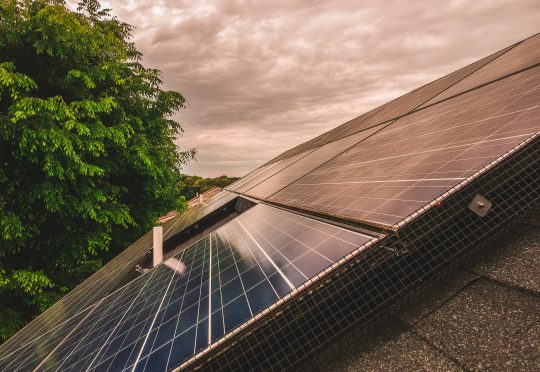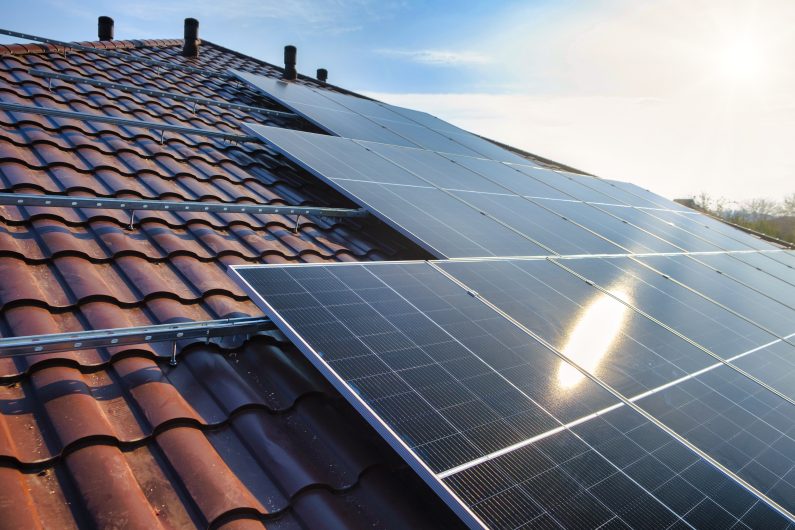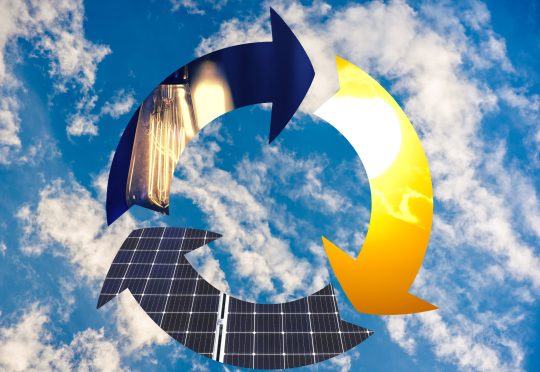
As we step into a new year, the question of whether investing in solar power is a worthwhile decision lingers on. The answer to this question is far from simple and depends on several factors including your geographic location, financial incentives, intended duration of residence, and home value. As a homeowner weighing pros and cons of solar, you may find it helpful to understand the key factors that can influence your decision. In this article, we’ll shed light on some of these factors in order to help you make an informed decision.
Key Takeaways:
- Most everyone has the option of going solar, but we’re digging into the advantages and disadvantages to assist you in making an informed decision.
- Cost of solar varies based on factors such as location, system size, equipment, roof characteristics, location, and labor costs.
- We’re providing you with ways to connect you with a qualified professional in your area if you’re ready to invest in solar.
What you’ll learn in this article:
- Advantages of Solar
- Disadvantages of Solar
- How to Maximize Solar Savings
- How Much Will Solar Installation Cost?
- Is Solar Worth it in 2023?
- FAQ


